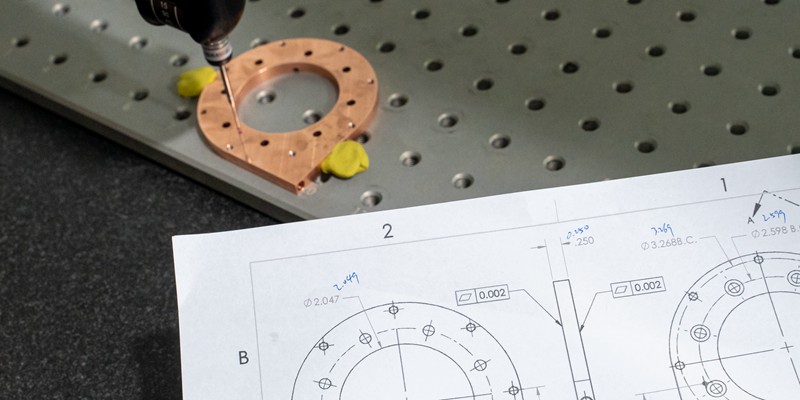- February 2, 2024
CNC machining tolerances are important parameters when manufacturing products, no matter their intended applications. Nowadays, most industrial and consumer products require consistency to meet manufacturing standards.
Hence, product manufacturers rely on types of CNC machines for high accuracy in their manufacturing projects. However, it is essential to understand the concept of machining tolerances, their types, standards, and how to measure them because CNC machined parts’ dimensions deviate from theoretical values due to material type, machining processes, and design.
This article discusses CNC machining tolerances, their importance, and the common machining tolerances chart. Read on to learn more about the CNC machining tolerance standards and various factors that affect CNC tolerances.
What are CNC Machining Tolerances?
CNC machining tolerances refer to the permissible variation in a part’s dimensions or nominal value. Machining tolerances represent the required level of precision in manufacturing a product. Product manufacturers examine a part’s form, fit, and function to determine its tolerance criteria.
A “±” symbol often precedes machining tolerances. For instance, if a part with 3.0” requires a tolerance range of ±0.0010”. The final part should have a height between 2.999” and 3.001” to pass quality tests.
Smaller tolerances indicate a tight tolerance, which means the part requires more precision. On the other hand, the loose tolerance means the part requires less accuracy. Tight or zero-tolerance machining attracts higher costs because it requires more setups, extended machining cycle times, and specialized tools.
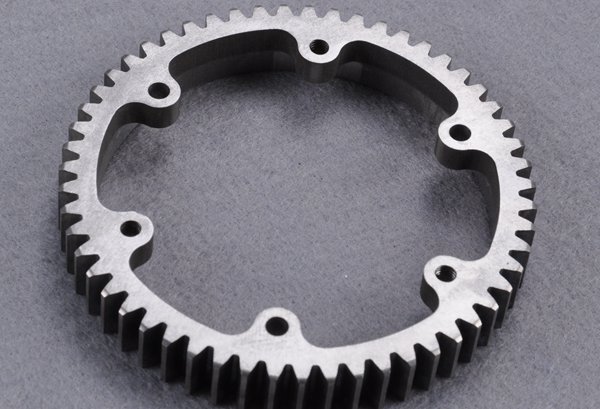
Why are Machining Tolerances Important?
All CNC machined parts and components possess a certain degree of intrinsic variation. However, tolerances help manage these variations, ensuring consistency and optimal performance of machined parts.
Improve Part’s Fit and Function
CNC tolerances are crucial to ensuring that a part interacts with another perfectly in an assembly. Clearly defining your tolerances helps to guarantee that CNC parts are compatible with other components. Similarly, some features of a part ensure it functions well in the intended application. Hence, any deviation from the permissible limits will render them defective and unusable.
Rule a Margin of Error
Any manufacturing process possesses a certain degree of variation. However, machining tolerances account for this deviation by determining the margins within which a part can function. As a result, there is a reduced chance that a part will fail or need to be reproduced if tolerances are specified from the start.
Control Machining Cost
Generally, tighter tolerances increase the cost of CNC machining. Machined parts with tighter tolerances require further processing, like grinding and superfinishing. However, you can complete a product with fundamental machining processes for looser tolerances.
Defining tolerances helps prevent unnecessary increases in costs when handling parts requiring tighter tolerances. Meanwhile, defining tolerances in parts with looser tolerances helps avoid paying for extreme precision.
Ensure the Product’s Final Look
High precision tolerance enhances the final appearance of machined parts. For instance, if two parts flush together without obvious gaps, tight tolerances must be defined for both parts from the start to ensure perfect assembly.
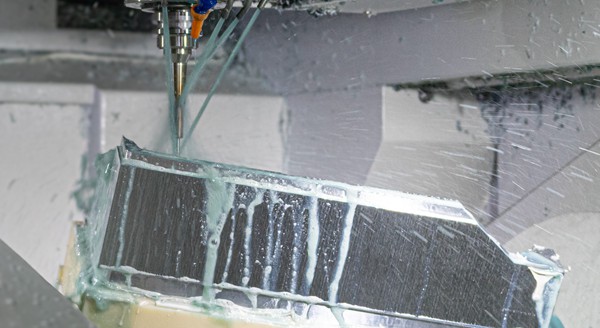
Types of Tolerances Used for CNC Machining Projects
Manufacturers across industries often use different tolerances for CNC parts machining because of the different types of machining processes and parts geometries. We’ll discuss typical CNC tolerances.
Standard Tolerances
Standard CNC tolerances are the typical tolerances machinists adopt for commonly manufactured products. Most machining experts use CNC milling tolerances of about +/- 0.1mm whenever customers do not indicate preferred tolerance levels. Various international organizations, such as the American Society of Mechanical Engineers (ASME)) the American National Standards Institute (ANSI) and the Organization for Standardization (ISO) define the scope of these standards.
Limit Tolerances
A limit tolerance is indicated as a range of values where the machined part is acceptable so far its measurement is within the preferred range. For instance, 15 – 15.5mm is a limit tolerance for CNC machining, showing that the CNC part’s dimension must be between the lower and upper limit (15.5mm as the upper limit and 15mm as the lower limit).
Unilateral Tolerances
Unilateral tolerances allow variation in one direction, either negative or positive only. For instance, a tolerance of +0.00/-0.03mm shows that the machined part can be about 0.03mm smaller but not bigger than the indicated measurement.
Product designers often use these tolerances in designs where a component must fit perfectly with another. Besides, a part will not serve its intended purpose if it is too large or small. Therefore, ensure the finished part does not exceed the preferred dimensions.
Bilateral Tolerances
The variation from the defined dimension can be positive or negative when using bilateral tolerances, allowing a minor increase or decrease in the size of the part. For example, +/- 0.05mm tolerance indicates that the part can be 0.05mm longer or shorter than the specified measurement. These specifications are often applicable to exterior dimensions.
Geometric Dimensioning and Tolerance (GD&T)
GD&T is a versatile system of detailing and communicating the standard machining tolerances. It is more complex than the typical tolerance systems. It uses feature control frames to indicate specific forms and dimensional tolerances of parts.
Geometric dimensioning and tolerancing keep the final measurements of a part within the specified boundaries. Similarly, it indicates the part’s geometric properties, including its flatness, concentricity, and true position. More notably, GD&T symbols ensure the dimensional accuracy of part features in some parts with higher processing requirements.
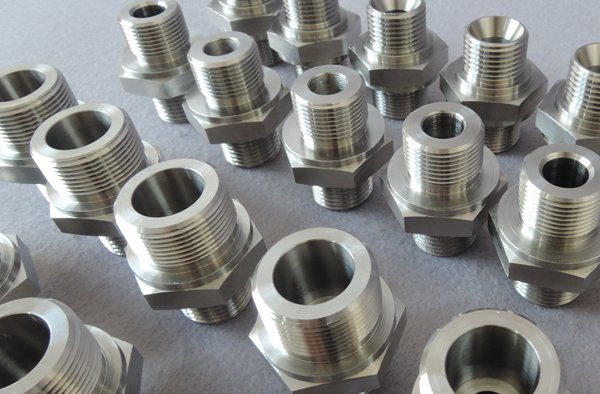
Common CNC Machining Tolerance Standards
CNC machining encompasses various processes with varying tolerances because of the different cutting tool types. Below are the standard tolerances for typical CNC processes:
| Processes | Tolerance Standards |
| Milling (3-axis) | ± 0.13 mm or 0.005” |
| Milling (5-axis) | ± 0.13 mm or 0.005” |
| Lathe | ± 0.13 mm or 0.005” |
| Router | ± 0.13 mm or 0.005” |
| Router (Gasket Cutting Tools) | ± 0.762 mm or 0.030” |
| Engraving | ± 0.13 mm or 0.005” |
| Screw Machining | ± 0.13 mm or 0.005” |
| Steel Rule Die Cutting | ± 0.381 mm or 0.015” |
| Rail Cutting Tolerances | ± 0.762 mm or 0.030” |
| Surface Finish | 125RA |
However, you will discover that these CNC machining processes include tighter tolerances by comparing these values with alternative machining technologies.
Different Terms for Measuring CNC Tolerances
Different terms are associated with CNC tolerances, and understanding them gives a better idea of how to measure tolerances in machining. Below are typical terms you should know.
Basic Size
A part’s basic size is the size specified in the engineering drawing. Product engineers understand that manufacturing techniques often require some level of tolerance. Hence, product designers use the basic size and remain mindful of possible deviation during machining.
Actual Size
The actual size of a part refers to its dimension after completing the machining process. As such, the actual size represents the practical realization of the final product, while the basic size represents its theoretical values.
However, product manufacturers work towards bringing these two values within the same range even though it is almost unachievable to make the actual size the same as the basic size.
Limits
Limits are a part’s minimum and maximum allowed dimensions. The minimum permitted dimension is the “lower limit,” while the maximum allowed dimension is the “upper limit.” However, a part will be considered unusable if it falls outside these limits.
Deviation
Deviations mean the variances of the maximum permissible size from the basic size. As there are two types of allowable limits, there are two types of resultant deviations – lower and upper deviation. However, it is easier to calculate these deviations:
- Lower Deviation= Lower Limit – Basic Size
- Upper Deviation= Upper Limit – Basic Size
Datum
Datum is a physics term that means an imaginary line or plane picked arbitrarily as a reference point for measurement tools. It is also common in various kinds of Geometric Dimensioning and Tolerancing areas.
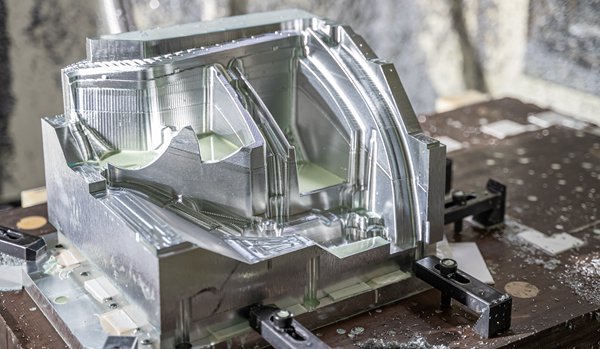
What Factors Affect Machining Tolerances?
Machining tolerances are compulsory when defining the measurements of parts. A product will be made according to general tolerances standards unless the customer specifies any particular tolerances. However, different factors impact tolerances in manufacturing.
Materials
CNC machining materials have varying properties that can influence the achievable tolerances in CNC machining. These material properties include abrasiveness, hardness, and heat stability.
- Abrasiveness: Extremely rough and coarse materials affect CNC cutters significantly and can lead to faster tool wear. Achieving strict dimensional accuracy with these materials is often challenging because machining accuracy reduces as cutting tools change.
- Hardness: It is more difficult to machine less dense materials to high precision since their dimensions can change as the cutting tools touch them. Hence, it would be best to exercise enough patience when machining softer materials.
- Heat Stability: This is an issue common to non-metals. These materials gradually lose shape as the heat increases during the machining process. Therefore, this factor restricts the compatible processes for such materials.
Machining Processes
The choice of a machining process may influence machined parts’ tolerances as different machining processes result in varying surface features and roughness. For instance, manufacturing processes such as turning, milling, and grinding have distinct capabilities and limitations.
Furthermore, CNC machines with multiple axes may process different basic tolerances, and these machines dictate the type of parts they can work on. However, understanding the capabilities and limitations of the machining process helps achieve precise tolerances, especially when handling intricate designs or tight CNC tolerances.
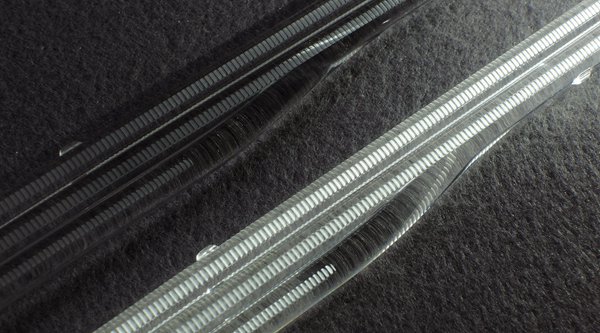
Surface Finishes
Finishing operations such as painting, anodizing, and plating are further machining processes that can affect tolerances in machining. These surface treatments can alter the dimensions of the machined parts’ dimensions. Hence, it would help to be mindful of the choice of surface finishing to avoid the machined part’s dimensions falling outside the preferred tolerance range.
CNC Cutting Tools
The types of CNC cutting tools machinists employ in CNC machining affect machining tolerances. High-quality cutting tools with the proper geometries, coatings, and sharpness influence the precision of machined parts. Furthermore, the material being worked on and desired tolerances will determine the tool design and material.
Budget
Generally, the available budget determines the choice of machining tools and materials. Tighter tolerances require more time, and labor requires special machinery and tools, which are usually expensive. However, investing in special machining tools can ensure the machined part is within the required tolerance range and has superior surface quality.
Machinist Skills
The machining expert’s skill and experience are critical factors that impact tolerances in machining. A skilled operator can take necessary actions such as selecting appropriate cutting tools, CNC machine programming, optimizing machining parameters, and ensuring a smooth machining process to ensure required tolerances.
Considerations and Tips When Choosing CNC Machining Tolerances
Here, we will discuss practical tips on how to approach CNC manufacturing processes correctly to achieve the required tolerances in your project.
Consider the Chosen Material
+/- 0.005” is the standard machining tolerance for metal parts while +/- 0.010” is for plastic parts. Besides, some parts may need incredibly tight tolerances to fit perfectly.
However, achieving dimension precision can be challenging for some materials like copper and steel, which expand and contract upon exposure to variations in temperature and moisture levels. As a result, it is advisable to define new tolerance on the basis of this factor.
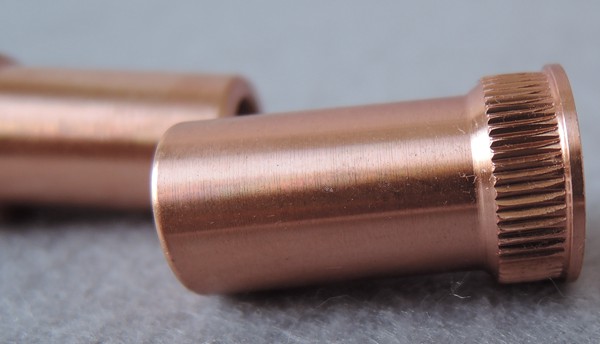
Examine Your Products’ Applications
The application of a product often determines the required tolerance levels that guide its production. For instance, not all parts need a tight tolerance machining. Parts that do not mate or connect with others need less milling precision. Hence, tight tolerances are not used unless they are required.
Employ High-Performance Cutting Tools
Factors such as using incompatible cutting tools, tools with dull edges, and tool deflection may cause dimension variation in machined parts. Long-ended features like deep holes and long shafts are often susceptible to tool deflection.
In addition, dull cutting tools expose your parts to unwanted complications and influence the spindles’ precision. Using sharp tools and CNC machine coolants will ensure precision.
Find Appropriate CNC Machining Service
Finding the right CNC machining service expert may help achieve ideal machining tolerance. A CNC machining service expert with adequate knowledge of the different machining processes, such as CNC milling, turning, and drilling, guarantees that your machined parts will conform to the tolerances. However, you can save costs and time by specifying tolerances when submitting your manufacturing requests.
When Do You Not Need Tight Tolerances?
Tight tolerances are specifications crucial to your product design for CNC machining. They indicate the permissible deviation from the specified dimension when manufacturing a product. However, tight tolerances are not practical or necessary in some cases. Below are some examples:
- Tight tolerances are not advisable when machining materials with high thermal expansion or contraction properties, including aluminum alloys, plastics like acrylics, and polyethylene.
- If the fit between components designed for assembly requires some variability, tight tolerance is not required. Looser tolerances can promote easier part assembly, reducing the risks of misalignment.
- Tight machining tolerances may be unnecessary in consumer goods that can accommodate slight variations in size without affecting their overall quality and performance.
- You may consider not using tight tolerance on a dimension that may not affect the fit and function of a product. As such, tight tolerance is not necessary for non-critical features that are for decorative purposes.
- Since tighter tolerances attract higher machining costs, it is not advisable to use tight tolerances when the cost is a primary factor, and tight tolerance does not affect functionality.
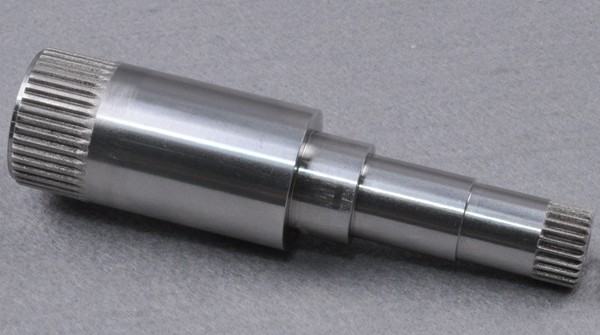
Which Industries Need Precision CNC Tolerances?
Precision CNC machining tolerances apply to industries where tight tolerances are needed to meet stringent design and functional standards. Some of these industries include:
- Medical sector
- Aerospace
- Automotive
- Defense and military
- Electronics
- Watchmaking and jewelry
- Oil and gas
WayKen Meet Tight CNC Tolerance Requirements for Your Projects
WayKen is the one-stop CNC machine shop to partner with to meet tight CNC tolerances for your machining projects. Our skilled team and advanced machining technology guarantee precise adherence to quality standards that clearly define your engineering drawings’ product requirements.
We also offer comprehensive precision machining services including 5-axis machining and mill-turn machining and different surface finishing treatments for the CNC machined parts. As your trusted CNC machine shop, our production process involves quality inspection, material certifications, and full-dimensional inspections with reports. Just contact us today to get started with your projects!
Conclusion
CNC tolerances are core to machining processes. These tolerances clarify the part’s specification, reducing turnaround time and machining costs. Besides, machining tolerances guarantee greater consistency and proper performance of machined parts. However, it would be best to understand material selection, part design, and manufacturing processes to ensure your CNC parts meet the preferred tolerances.
FAQs
What are common challenges to achieving tight CNC tolerances?
Tool deflection, thermal expansion, tool wear, and material inconsistencies are typical machining challenges that affect tolerances. However, you can address these issues through continuous monitoring and adjustments.
What is a tight tolerance CNC machining?
Although there is no specific range of tight tolerances in CNC machining, any tolerance within the range of ±0.005” is regarded as a tight tolerance. However, tight limit tolerance can go as low as 0.0001” even though it can be highly challenging.
Why do you need tight tolerance in CNC machining?
Tight tolerances are crucial in machining complex parts for the medical, aerospace, and automotive industries. These sectors require high precision tolerance to achieve components of an assembly that must fit and function perfectly.

